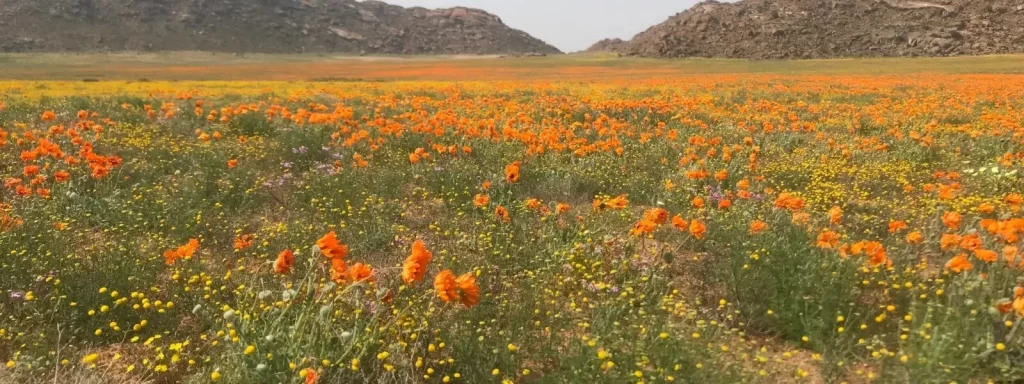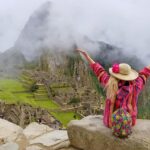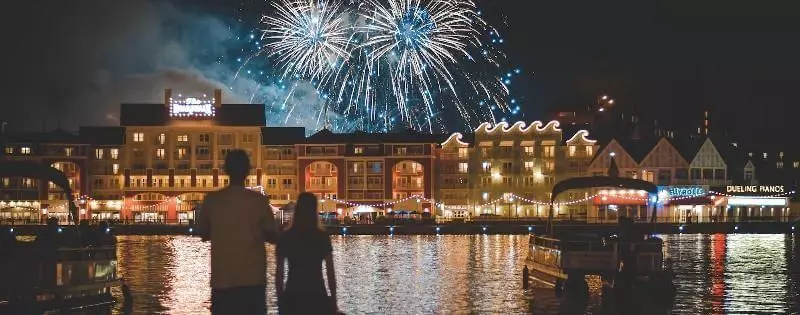Every year from late August to early October, the arid landscapes of Namaqualand explode with colour as wildflowers carpet the ground. This is the peak flower season when visitors flock to this region in South Africa’s Northern Cape province to witness the Flowers of Namaqualand. Planning a trip during this short window requires advance preparation. Here is a guide to help you make the most of your trip to see the Namaqualand wildflowers.

Content
When to Visit
The peak flowering season lasts 4-6 weeks depending on rainfall. Late August usually sees the first flowers bloom. By mid-September, colour covers the ground as far as the eye can see. Most flowers fade by early October but a few linger into November in good rainfall years. Mid-September presents the best time for maximum blooms across the largest areas.
Where to Stay
Accommodation fills quickly during peak season. Book well ahead at lodges in springflower hotspots like Niewoudtville, Kamieskroon and Garies. Consider options in small dorpies near flower routes for easy early morning drives. Camp along approved sites with basic facilities. Self-catering cottages also offer independence near flower areas.
Getting Around
A rental vehicle allows flexible, self-guided exploring on sealed and gravel roads. 4X4 is essential for venturing off-track to more remote blooms. Pre-book in Cape Town as demand surges. Use reliable GPS apps to navigate to prime spots, as cell reception drops away from towns. Consider guided tours from Springbok or Kimberley if you lack driving experience.
Flower Routes to Follow
The N7 highway links hotspots, but side roads harbour greater concentrations of plains wildflowers. The Bamboesberg Wildflower Reserve ensures protection and easy viewing. Drive routes slowly, stopping wherever colours catch your eye. Less populated areas prove photography paradises with fewer crowds obscuring views of the Flowers of Namaqualand.
Things to Pack
Sturdy walking boots traverse flowering areas responsibly. Picnic supplies let you enjoy meadow lunches when blooms surround you. Wide-brimmed hats, sunglasses, sunscreen and lightweight clothing suit the warm, dry climate. First-aid necessities prove prudent in remote conditions. Camera gear preserves magical blooms as memories long after your trip. Binoculars aid wildflower identification from vehicles.
Activities Beyond Flowers
Hiking guided mountain walks provides exercise and nature appreciation between drives. Birdwatching at venues like the Verlorenvlei Wetland lifts animal spirits. Town attractions like the Namaqua Museum in Springbok place remarkable blooms in cultural context. Quad biking, sandboarding and 4×4 adventures add thrill once flowers fade later in season.
Conclusion
With just a few weeks each year where Namaqualand erupts into a sea of colour, planning ahead ensures you make the most of witnessing nature’s incredible floral display. Centering visits between mid-late September optimizes chances for awe-inspiring blooms as far as the eye can see across this usually barren landscape. Flexible activity options beyond flower fields mean attractions to enjoy all trip long.




